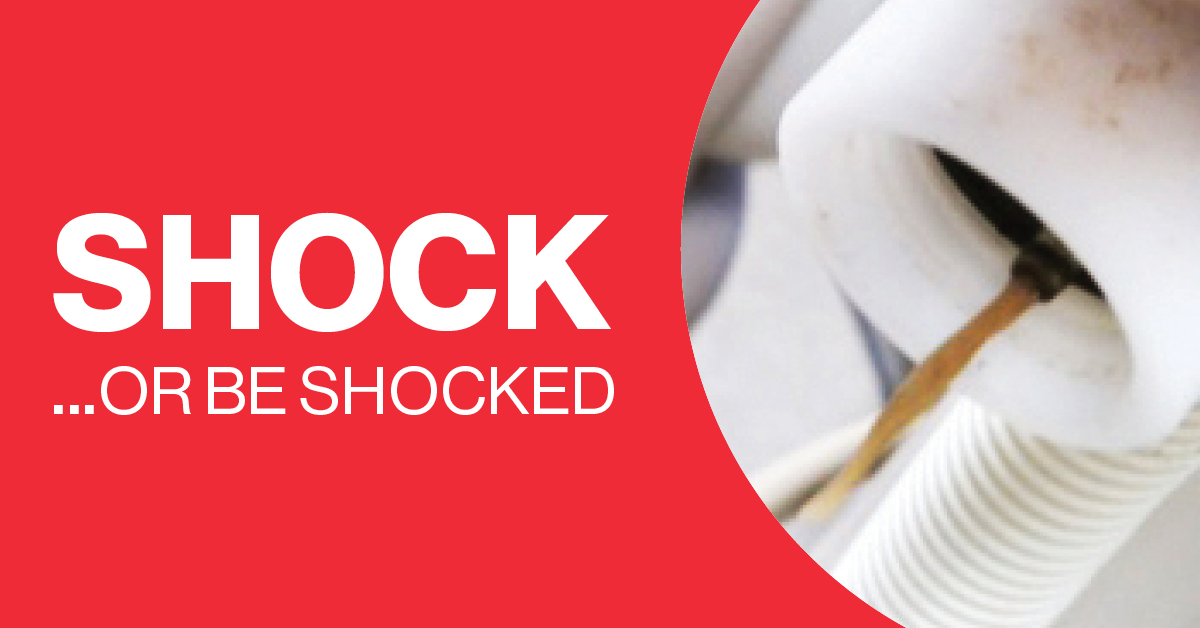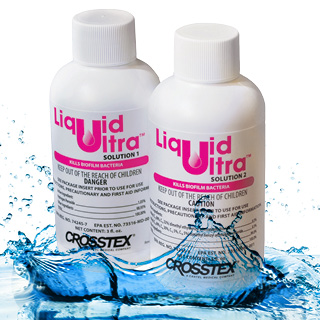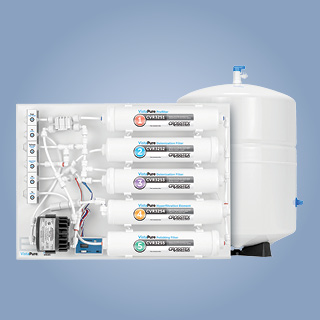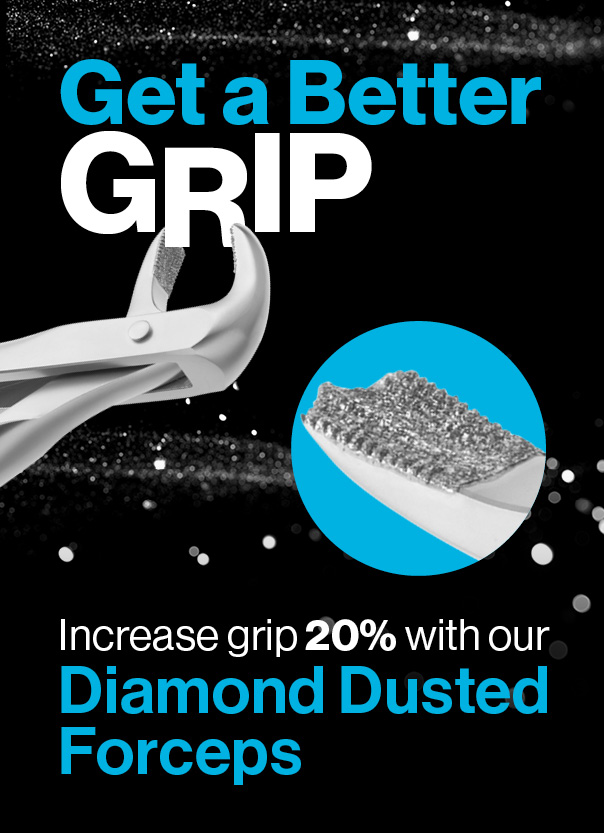Blog
Don’t Forget About Your Waterlines

Are You Taking the Right Steps?
As dental practices are starting to reopen, it’s critical that all aspects of a practice’s infection prevention protocol are up to date. While practices have been proactively communicating to patients about new processes around PPE usage, patient in-out procedures, and the like, some areas may remain overlooked. This is particularly true of waterline maintenance – a critical but sometimes neglected element of infection prevention.
Dental professionals have known for decades that dental unit waterlines (DUWLs) are an ideal breeding ground for biofilms thanks to their narrow tubing, low flow rate, and frequent stagnation periods. Some high-profile cases in 2015 and 2016 of infections spread from DUWLs confirmed the dangers of contaminated lines. Now, with scrutiny of infection prevention practices at an all-time high, dental practices simply can’t afford to undervalue this critical component of a compliant practice.
That’s why we want to take an in-depth look at waterline maintenance – both what practices should be doing now to ensure compliant waterlines as they reopen and how an investment in better water-processing equipment saves time and money in the long-run.
Shock Your Waterlines… or Be Shocked
While dental units are always at risk of bacterial contamination, lines that have been sitting idle during office closures will contain very high levels of biofilm, making them unsuitable for patient treatment.
The CDC recommends that dental unit water used in non-surgical procedures measure less than or equal to 500 colony-forming units of heterotrophic bacteria per milliliter (≤500 CFU/mL) of water, the standard set for drinking water by the Environmental Protection Agency (EPA). The only way to know if your procedural water meets this standard is to test it. In all likelihood, your dental units will show levels significantly higher than this standard.

When counts are high, don’t panic! Practices using a waterline treatment like DentaPure™ Cartridges should follow specific, published maintenance protocols as part of their reopening procedures. A simple application of an EPA-approved cleaner/shock like Liquid Ultra™ Solution will help to quickly reduce high CFU/mL counts to complete this critical step on the path to compliant patient care.
It’s important to remember that testing and shocking may take more time than you realize, so plan accordingly. Certain waterline test methods can take several days to obtain results. In addition, it may take up to three days to complete a shocking protocol depending on the product that you use. Whatever methods you choose to test and shock, ensure that your office staff has read and fully understands the Instructions for Use prior to performing these responsibilities.
Automate Your Steri-Center for Maximum Efficiency
In addition to the water used in DUWLs, practices need plenty of water for sterilizing dental instruments. But what many clinicians may not realize is that the water needed for instrument sterilization has special requirements as well. Even treated city water isn’t pure enough. That’s because the dissolved mineral content in the water – known as Total Dissolved Solids, or TDS – needs to be removed first. The lower the TDS, the purer the water – and for autoclaves in particular, TDS needs to be virtually zero.
Because city water isn’t pure enough for most of the needs of modern dental practices, many offices purchase distilled water for all of their office needs – which can be expensive and time-consuming – or install purification systems that produce only one grade of water.
However, using only distilled water in the steri-center can become problematic, as the wrong grade of water can eventually damage some dental equipment over time. For example, deionized or distilled-quality (000 TDS) water is a “solvent” that can “attack” certain metals used in dental delivery units and equipment over time. For this reason, this grade of water should only be used for filling steam sterilizers, which are designed for use with water containing extremely low TDS.
With so much riding on using the right water for different objectives, choosing the right tools for water purification and processing can save practices time and money while also protecting equipment and ensuring easy access to high-purity water, on-demand. As dental offices are reopening, now is the time to make an investment in proper equipment.

For instance, the VistaPure™ Water Purification System provides two grades of high-quality water for steam sterilizers, dental bottles, ultrasonic cleaners, and the rinse cycle of compatible instrument washers. The system connects directly to the city water supply, mounts conveniently under a countertop (sliding out for easy access), and sends purified water anywhere it is needed in the steri-center for on-demand use.
The system’s autoclave-ready, distilled-quality (deionized) water eliminates the need to buy distilled water or own a distiller. Its bottle-ready, hyper-filtered water eliminates the need to buy bottled water and ensures high-quality water for mixing with bottle and residual cleaners, and for the rinse cycle of instrument washers. Unlike many other purification systems, the VistaPure™ Water Purification System does not require electricity or chemicals, so it is silent, cost-effective, environmentally friendly, and easy to use and maintain.
While the VistaPure™ Water Purification System provides the foundation for a complete, automated water-processing system for steri-centers, the combination of this system and a VistaCool™ Direct-to Drain Cooling System for Autoclave Wastewater can save practices even more time and money by automating the sterilizer wastewater disposal process as well.
Proper Waterline Maintenance Promotes Safety and Efficiency
As practices reopen or prepare to reopen, it’s increasingly clear that every aspect of an appointment is going to take more time. Thus, practices need to be proactively looking for ways to improve efficiency wherever they can. In turn, this frees time for clinicians and staff to spend more time building relationships with patients. While always an important and rewarding aspect of the job, strong patient rapport will be more critical than ever as practices look to rebuild trust in a post-COVID world. Additionally, an enhanced emphasis on waterline maintenance is critical to ensuring the safety of patients and staff alike.
While proper waterline maintenance can be a complex topic, there are solutions to simplify and automate procedures – now is the time to make an investment that doesn’t just save time and money in the long-run, but immediately improves the safety and compliance of your practice.

